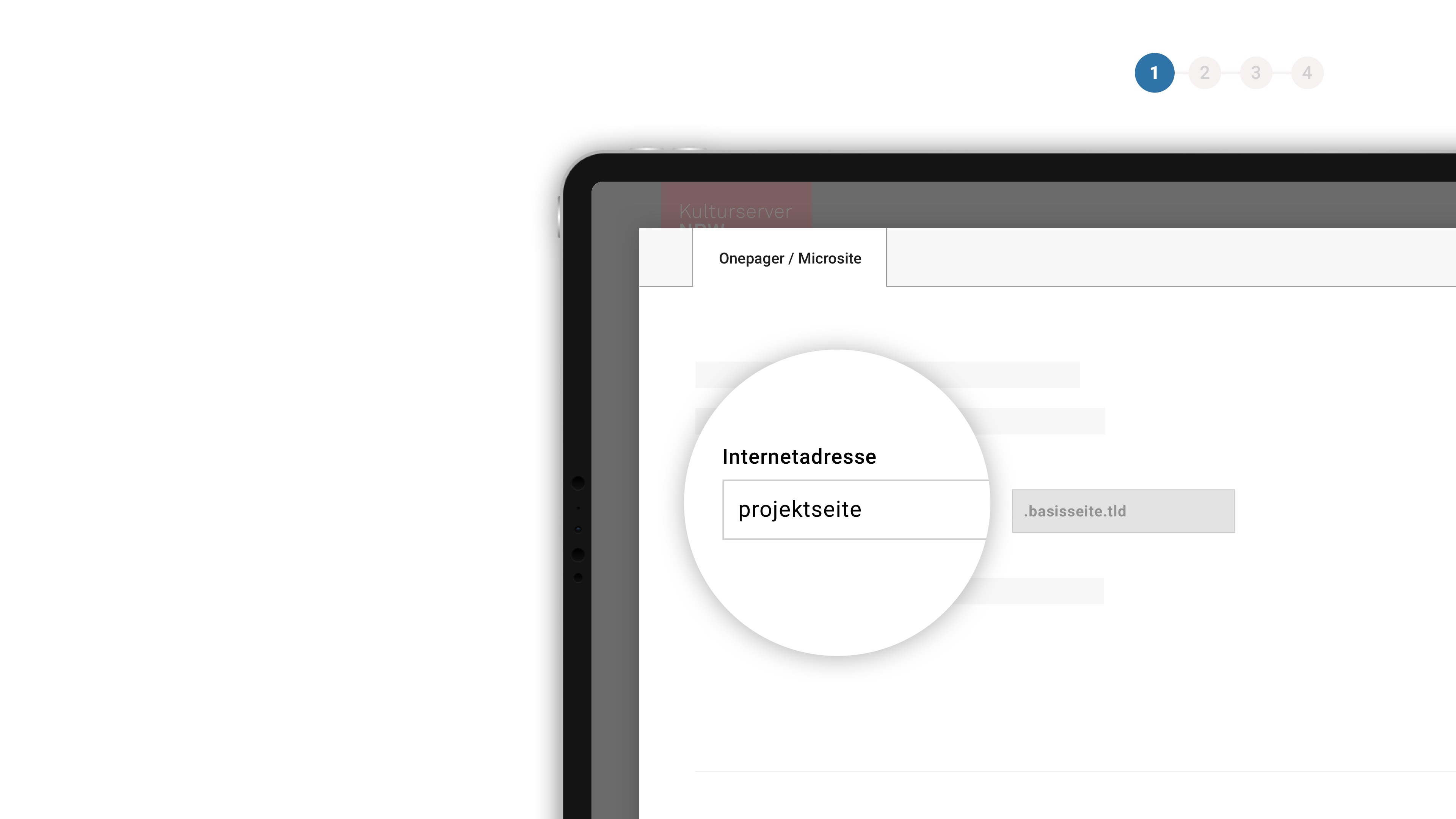Sieben Fragen an ... John Fiore - Deutsche Oper Berlin
Seven questions for ... John Fiore
When pressed, John Fiore has been known to conduct with no prior rehearsals. For Wagner’s THE FLYING DUTCHMAN, however, he will have adequate time to prepare
You’ve been covering for people quite often of late at the Deutsche Oper Berlin. How do you pull that kind of thing off?
I recall the premiere of Puccini’s IL TRITTICO, when Donald Runnicles had to cry off at short notice. I couldn’t tell the orchestra much more than »Ok, so there are three different sections to this: IL TABARRO is like an Italian Debussy, SUOR ANGELICA is a kind of mini MADAME BUTTERFLY and GIANNI SCHICCHI is Rossini.« And it worked brilliantly because it conjured up images and musical nuances in the musicians’ heads. Of course, it requires trust and focus and clarity with the baton – and sometimes a pinch of luck.
How much freedom do you have in your physical gestures as a conductor?
The better the orchestra and conductor know each other, the more idiosyncratic and subtle the gestures can be. There are rules, though: the right hand controls the tempo, the left hand dictates the tonal colour, the dynamism and the timing of the entries. And it’s not just the hands; eye contact and breathing are important, too. I’m breathing along with the singers and wind section, which helps me to shape the phrases and set up the cues. For me it’s intuitive. When I’m conducting a phrase, my breathing puts me almost at one with the singing or the onstage action.
You’re conducting THE FLYING DUTCHMAN now and you’ve got ample time to rehearse. How do you tee yourself up for it?
Me and the DUTCHMAN go back quite a way. It’s probably the Wagner work I’ve done most often, as well as being the first. I saw it first when I was ten or eleven, when my dad was répétiteur at the Seattle opera house. So the DUTCHMAN is kind of part of me now. That said, I still skim through the score before a rehearsal. There are scenes that always get me thinking. The great duet by Senta and the Dutchman marks a key moment in the work, because it’s so complicated to sing. I’ve got to help the singers get through it, but without losing sight of the tension at this juncture in the story. It’s a gradual accelerando that gathers pace from the Dutchman’s first words right up to the end of the scene. Early in my career I spent some considerable time working as a coach and it’s hugely helpful.
Do you have a particular sound going through your head for the DUTCHMAN at the Deutsche Oper Berlin?
For the DUTCHMAN you need to strike a balance between depth, warmth and luminosity. It has to coalesce as a whole but also have that attention to certain details. Now, at the Deutsche Oper Berlin the Wagnerian sound is part of the orchestra’s DNA. You don’t get that anywhere else. Actually, I find myself reining them in a little. Performing Wagner is just too much fun.
THE FLYING DUTCHMAN features some full-scale chorus scenes. How do you hold them together from your conductor’s stand?
The chorus in Act 3 is especially challenging. With so many people on stage, the entries can lag the cues a little, which means your gestures have got to be very clear and defined. The opening scene is no walk in the park either: the storm has got to be dramatic but also leave some room for dynamic development.
How long does the music stick around in your head after a performance?
I have problems switching off immediately. I try not to head off home to bed at once. I need to wind down. The music’s still echoing, but it’s always in my head anyway, even now, talking to you.
You’ve still got music in your head while we’re talking? What music, if I may ask?
Right at this moment it’s the overture from THE WRECKERS by Dame Ethel Smyth. I conducted it not long ago and I can’t get it out of my brain. It’s playing like a CD on continuous loop. Not that it bothers me. I’m used to it.





